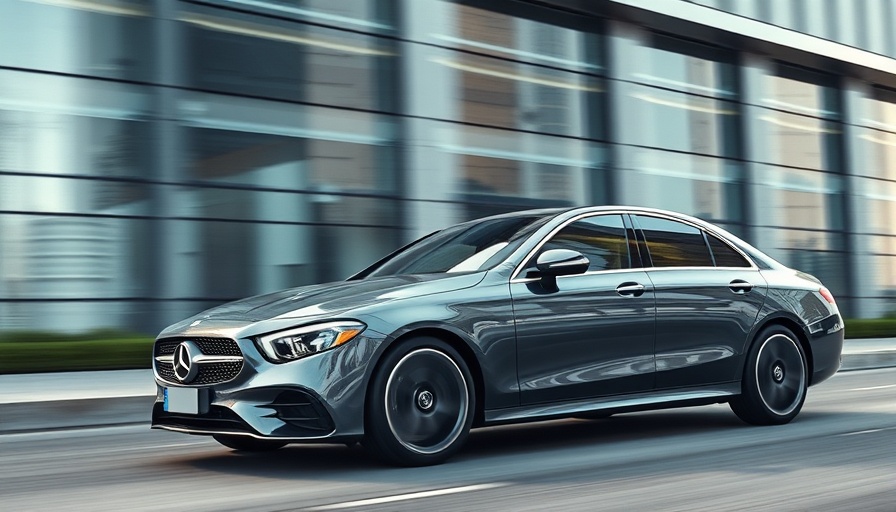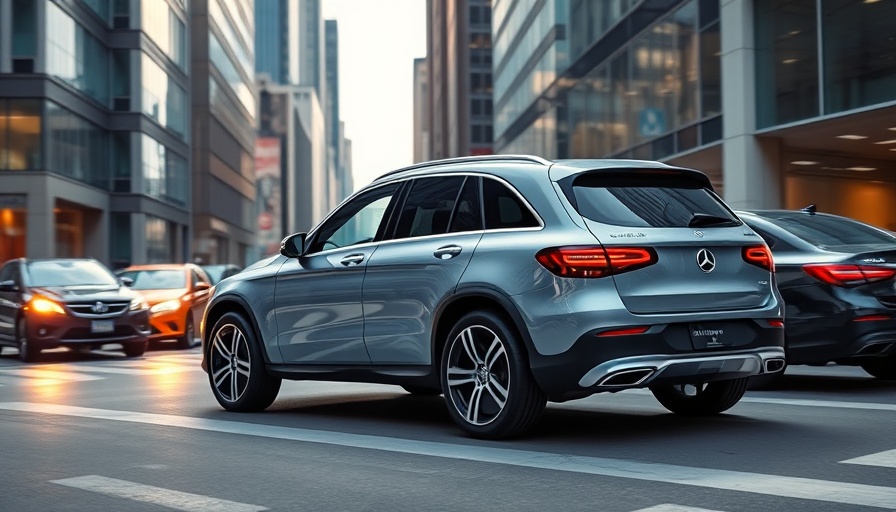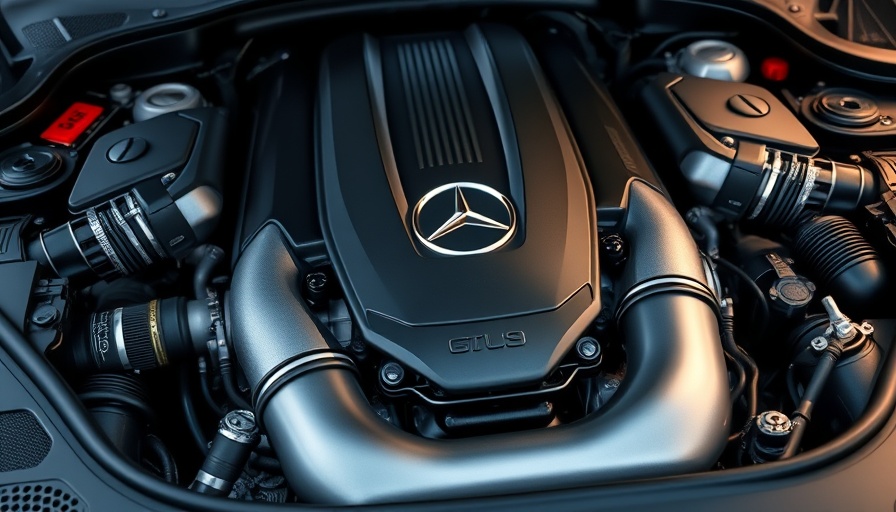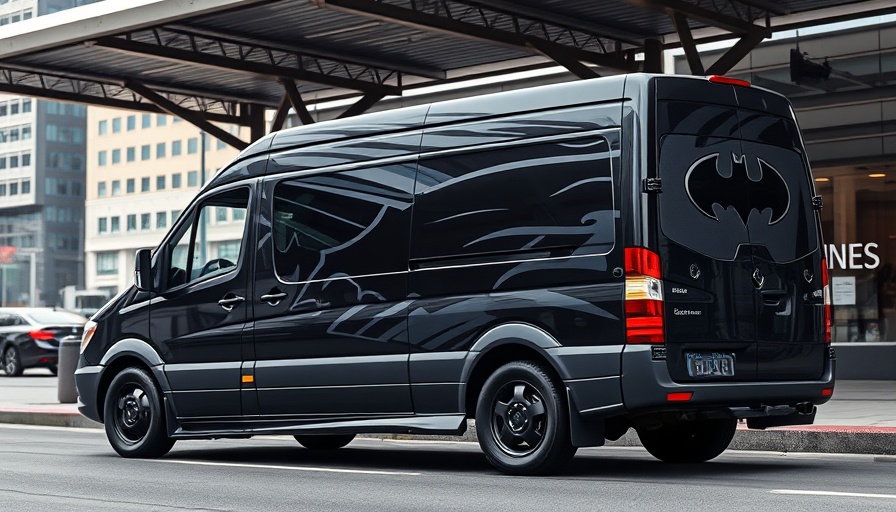
Mercedes-Benz Faces Sales Declines Across All Segments
In the first quarter of 2025, Mercedes-Benz reported a total sales figure of 446,300 units, a noticeable decline of 4% compared to the same period in 2024, where they sold 463,000 units. The decrease is evident across all segments, highlighting a challenging market landscape for the German automaker.
Understanding the Decline: Segment Performances
The Sharpest drop occurred in the Entry Level segment, with sales plummeting 9% from 128,800 units in Q1 2024 to just 117,800 units. This decline can be attributed to an upcoming generation change, as the new Mercedes CLA is set to debut in Europe, China, and the USA later in 2025, leaving a gap in the current offerings.
Meanwhile, the Top-End segment saw a minor decline of 2%, selling 65,100 units compared to 66,600 units in the previous year. Interestingly, while the electric lineup—including the EQS and EQE—struggled, sales of Mercedes-AMG and G-Class models surged by 17% and 18%, respectively.
Electric Model Struggles Versus PHEV Gains
Electric vehicle sales took a significant hit with a 14% drop, marking just 40,700 units sold versus 47,500 in Q1 2024. This translates into a disheartening share of 9.1% of total sales. On the other hand, plug-in hybrid electric vehicle (PHEV) sales rose by 8%, indicating that while fully electric options have faltered, consumers are still showing interest in hybrid solutions.
Regional Disparities in Sales Performance
Regionally, the trend was mixed; North America showed resilience with a 4% uptick in sales, growing from 74,000 to 76,900 units. Contrastingly, sales in Europe and Asia dropped 7% and 5%, respectively, heavily influenced by a 10% downturn in the German and Chinese markets.
Consumer preferences are evolving, and while Mercedes strengthens its position in some areas, the automaker must address performance issues, especially in the electric segment, to maintain its competitive edge.
 Add Row
Add Row  Add
Add 




 Add Row
Add Row  Add
Add 

Write A Comment